
- Home
-
Solutions
-
Leak Seal
Seal leaks in concrete or masonry with crack injection and curtain grouting of our Prime Flex polyurethanes and AR acrylate resins. Prime Resins offers superior solutions for stopping leaks in every type of environment.
Read More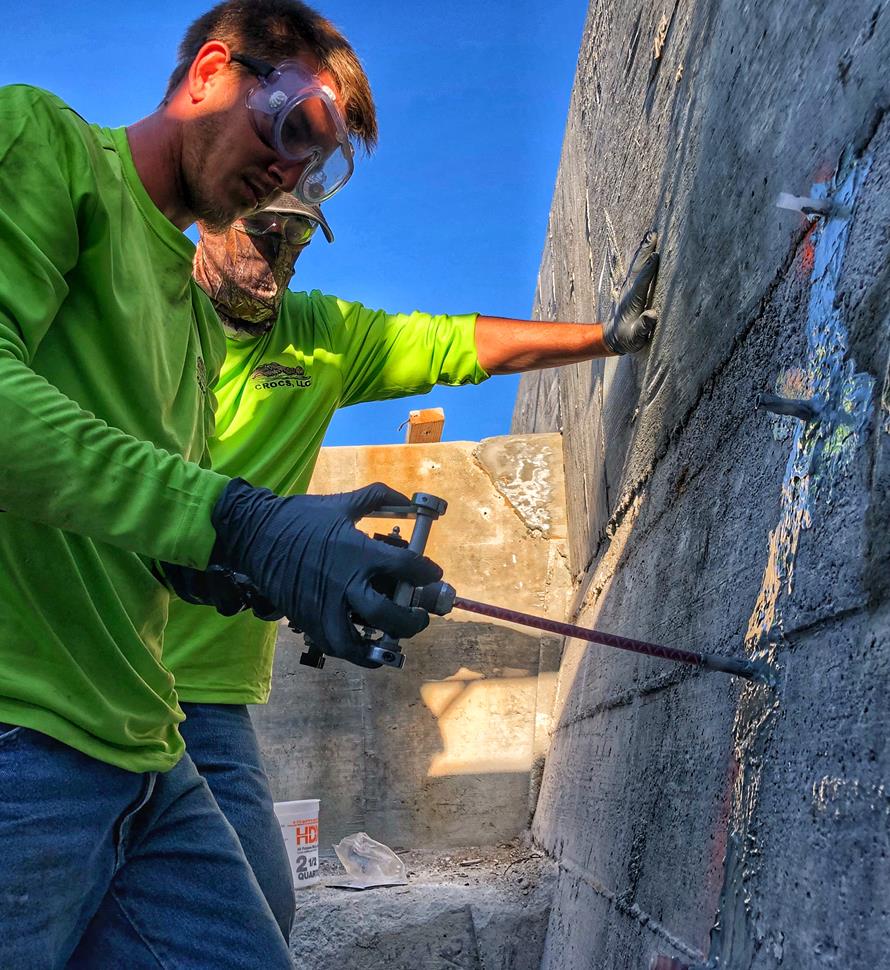
-
Soil Stabilization
Sound concrete relies on a sound substrate. Stabilize soils and fill voids with our polyurethane and acrylate foams and gels. We make chemical grouts for permeation and compaction grouting in wet and dry conditions.
Read More
-
Slab Lifting & Stabilization
Slab lifting and slab stabilization with polyurethane foams offers many advantages over traditional mudjacking. Only Precision Lift is engineered to tackle underlying issues and slab lifting with precise, dependable results.
Read More
-
Floor Repair & Joint Protection
Spalled concrete is concrete that is chipped, cracked and deteriorating. This often happens at a joint.
Read More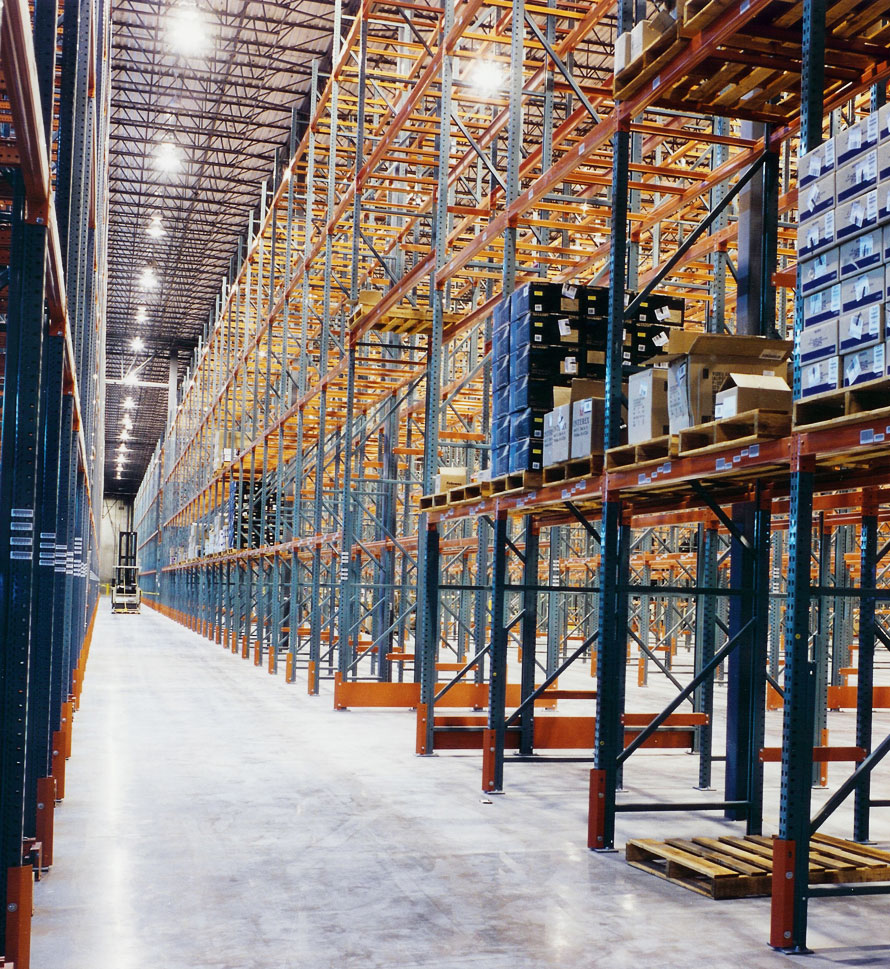
-
Seawall Repair
You can repair a seawall or bulkhead with Prime Resins chemical grouts: fill voids, stabilize loose soil and seal leaks at a fraction of the cost of wall replacement.
Read More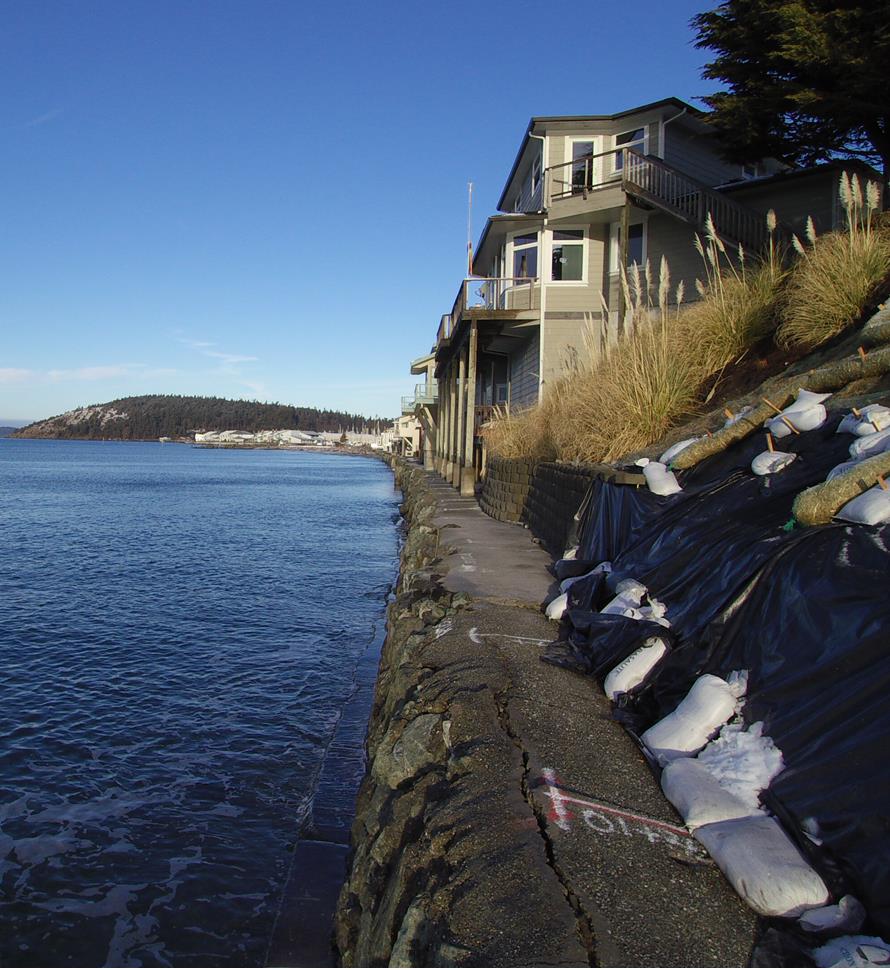
-
Structural Repair / Bonding & Anchoring
The need for crack repair in concrete structures can be caused by many different factors. Damage can occur to the concrete in situations where direct impact puts stress on one area of the structure.
Read More
-
Highway & Bridge
The geotechnical needs of DOTs and other agencies responsible for roads and bridges are vast. Issues include: Culvert repair Soil stabilization Void filling Concrete slab lifting Sinkhole remediation Slope control Slough control in tunneling
Read More
-
Waterproofing & Secondary Containment
Protecting concrete usually means shielding it from the elements of nature or from harsh manmade chemicals. But it’s not just concrete that needs such protection. Corrugated metal pipe, steel surfaces, material hoppers, rail cars and masonry all can come in contact with corrosive or abrasive materials or harsh conditions.
Read More
-
Leak Seal
-
Products
-
Leak Repair
- AR 800
- Conduit Seal Kit
- PR10L ACLM
- Soakum Oakum Kit
- Prime Flex 900 XLV
- Prime Flex 910
- Prime Flex 920
- Prime Flex 940
- Prime Flex 985 LX10
- Prime Flex 985 LX20
- Prime Flex 985 5.0
- Prime Flex 985 5.0 Fast
- Prime Flex Hydro Gel™ SX
- Prime Plug 1, 2 & 3
- PrimeCem MSM
- PrimeCem CAM
- PR10 ACLM (granular)
- Prime Flex Hydro Gel™ EXP
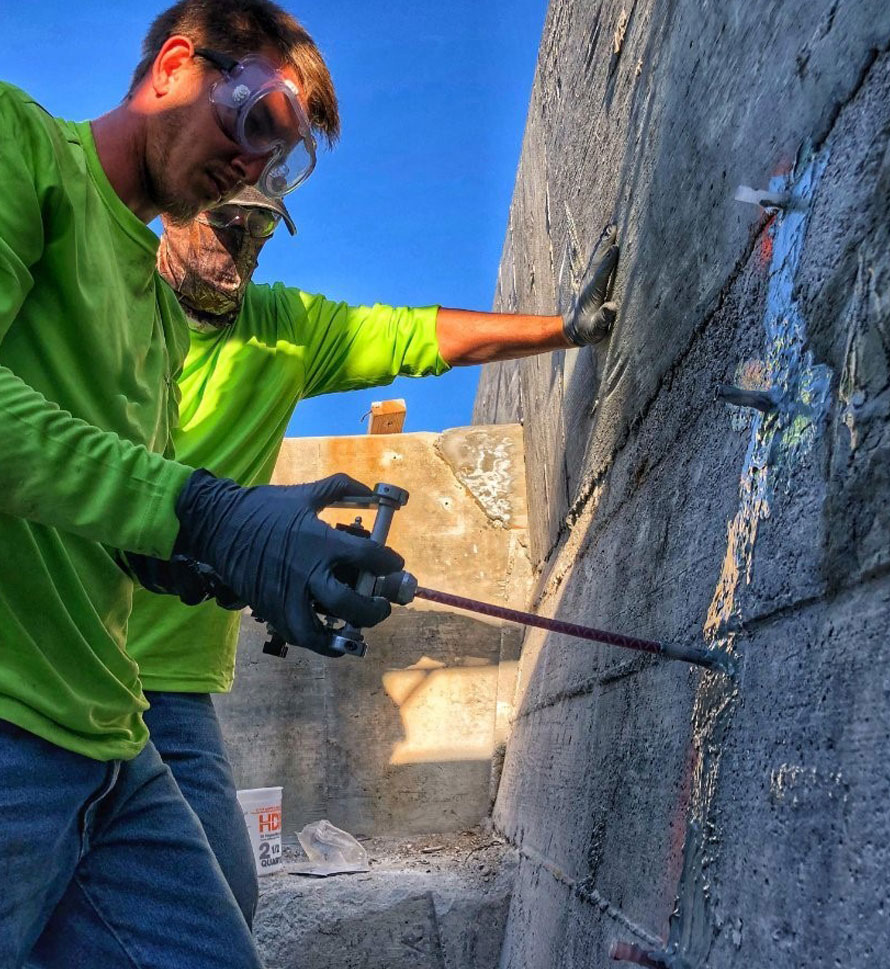
-
Soil Improvement
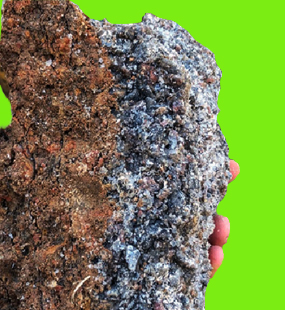
- Soil Stabilization
- Slab Lifting
- Structural Repair / Bonding & Anchoring
- Pumps
- Dispense Guns & Applicators
-
Turnkey Trailer Rig
Are you ready to hit the ground running doing concrete leveling with polyurethane foam? Prime Resins offers the industry’s best suite of products for lifting concrete as a turnkey, fully equipped trailer rig.
Read More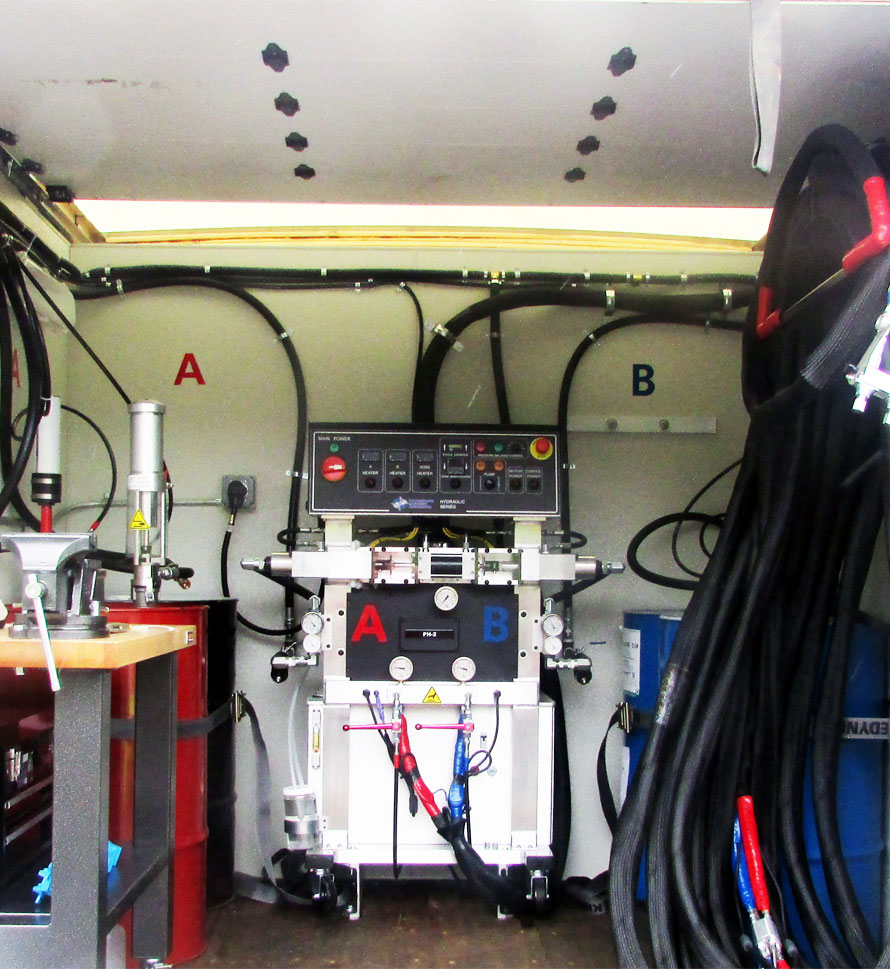
-
Accessories (General)
- 3/4" expendable drive point
- 3/8" and 3/4" soil probes
- Cartridge / Port Connectors and Mixers
- Conduit Seal Kit
- Eco Flush
- F Valve
- Flush Wand
- Grout Needle Kit
- High Pressure Control Valve
- High Pressure Mechanical Ports
- Kick Fast
- Low Pressure Plastic Ports
- PR11 TEA (used w/ PR10 ACLM)
- PR12 APSF catalyst (used w/ PR10 ACLM)
- PR17 LYTX
- Prime Kat
- Prime Plug
- Prime Solvent CGC
- Oakum
- Soil pipe jack
- Stainless Steel Grout Needle & Kit
- StainShield
- Wall Stinger Nozzle
-
Soil Grouting Accessories
- Pipe Coupler
- Pipe Coupler Ferrule
- Buttonhead Coupler - Straight
- Buttonhead Fittings
- SG 3/4" Expendable Drive Tip
- SG 3/4 Rod - 39" Base
- SG 3/4 Rod - 39" Connector
- SG 3/4 Rod - 19.5" Base
- SG 3/4 Rod - 19.5" Connector
- SG 3/4 Fitting - Pipe to Buttonhead
- SG 3/4 Fitting - Buttonhead Fitting
- IL 1/2" Drive Point
- IL 1/2" rod - 39" base
- IL 1/2" rod - 39" connector
- IL 1/2" Fitting Buttonhead
- SG 3/4" Fitting - Buttonhead Coupler
- SG 3/4" Slotted Drive Tip
- SG 3/4 Drive Head
- Modified Pipe Jack Soil Grouting
- SG 3/4 Fitting - Buttonhead Coupler
- Pagani DPM30 Penetrometer
- IL 1/2" Fitting - Buttonhead to Connector Rod
- IL 1/2" Rod to Rod Coupler Fitting
- High Pressure Flow Control Valve
- Buttonhead Coupler - 90°
- Buttonhead Clamp Kit
- DPM30 Penetrometers
- JackJaw Soil Probe Extractor
- Floor & Joint Repair
- Waterproofing & Secondary Containment
-
Leak Repair
- News
- Downloads
-
Tools
-
Case Studies
Prime Resins takes pride in its ability to find the right solutions to the problems facing our customers. Here are some examples of customers’ successful jobs:
Read More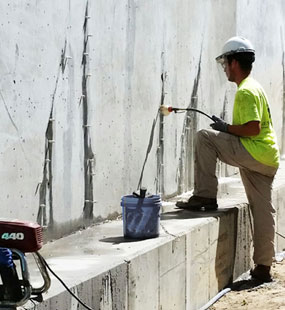
-
Prime Practices
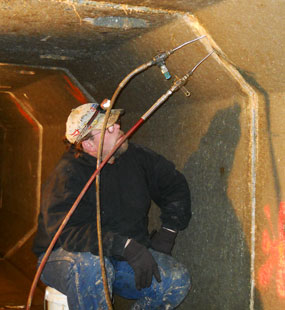
-
Videos

-
Estimating Tools & Info.

-
Why us?
The superior quality of products at a fair price, our consultative approach, and our unparalleled technical support set Prime Resins apart. Learn more about the Prime difference.
Read More
-
Product Types & Typical Uses
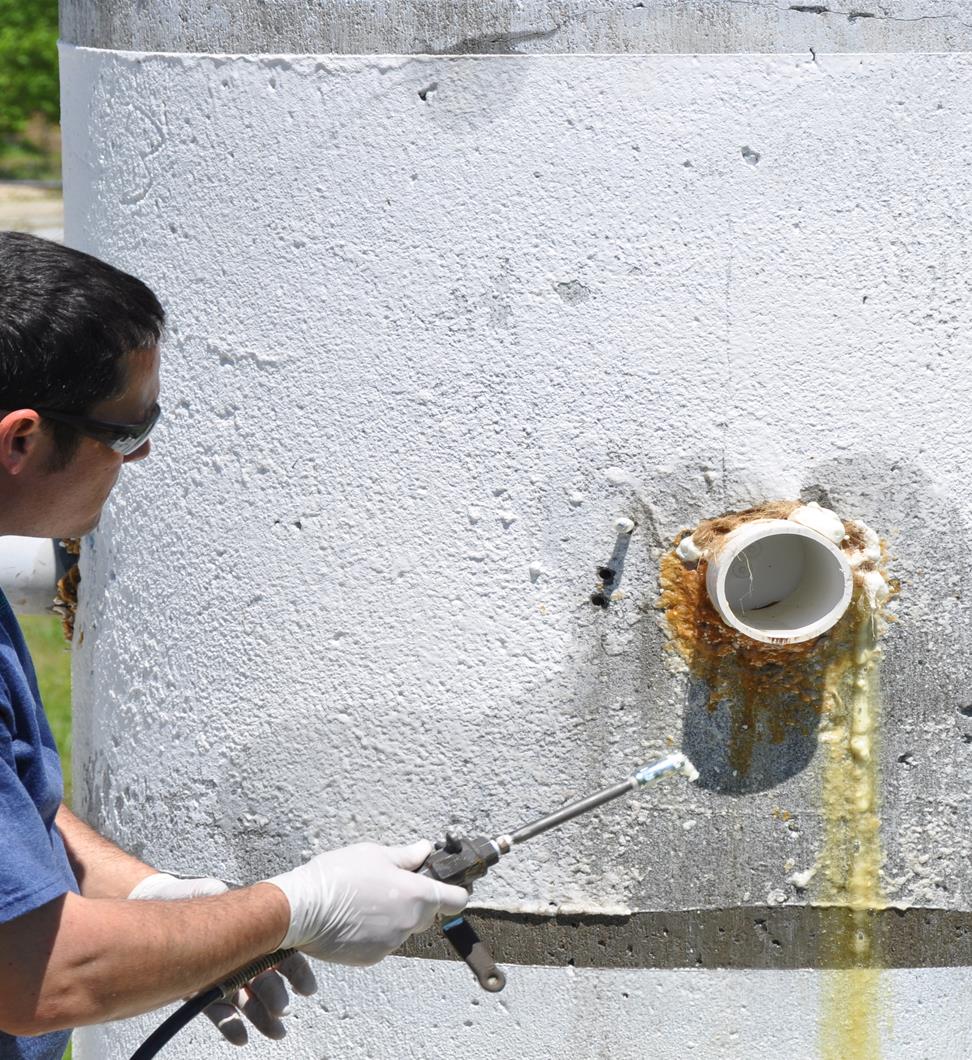
-
Looking for a contractor?
-
Certifications
-
Podcasts
-
Case Studies
- Contact
Prime Resins News
Why crack injection should always be performed with a hydrophilic polyurethane
Hydrophilic resins seek out water in a crack. Learn why that matters when sealing hairline cracks.

Hydrophilic (hydro meaning 'water', philic meaning 'has an affinity for') resins seek out water in a crack. They chase the water and absorb into the tight micro-cracks and pores of the concrete. Hydrophobic (hydro - water, phobic - fearing) resins repel water in a crack. They resist movement towards wet areas and will not absorb into tight micro cracks and pores in the concrete. All polymer repair materials get their mechanical bond in these rough areas (if the resins can penetrate them). Since hydrophilic resins seek out water, they absorb deep into the pores and micro cracks of concrete. This gives hydrophilic resins a tenacious bond to the wet concrete. Since hydrophobic resins repel water, they will not penetrate these areas. They may be forced in using high pressure, but the water will act as a bond breaker between the polyurethane foam and the concrete resulting in extremely low bond strengths.
But I have used hydrophobic materials before and they stopped the water?
There is no doubt that hydrophobic resins can be very effective at stopping water leaks. They will expand and fill up a wet crack as well as most hydrophilic resins. The failure will usually occur a few months after the job is finished. If it happens during the warranty period, the contractor will have to return to the job and fix it again. All of the profit made on the job goes out the window. The only one who benefits is the hydrophobic material supplier.
DON'T HYDROPHILIC RESINS SHRINK IN THE ABSENCE OF WATER?
Some hydrophilic resins will absorb as much water as they come in contact with during the time of initial cure. These resins do a good job of stopping the water leaks, but usually fail if the water table drops. The water they absorbed will evaporate and cause the material to shrink, sometimes resulting in failure.
Prime Flex 900 XLV and Hydro Gel SX were designed specifically to eliminate this problem. Both of Prime Resins hydrophilic resins will only absorb as much water as they need to facilitate the reaction during initial cure. The rest of the water is rejected in the same way that hydrophobic resins reject water.
IF PRIME FLEX 900 XLV AND HYDRO GEL SX REJECT EXTRA WATER DURING INITIAL CURE, HOW CAN THEY BOND TO WET CONCRETE?
Initial cure and final cure are two separate issues. The initial cure is the time when the polyurethane resin foams up. The final cure may take up to 24 hours. It is during this time that hydrophilic resins bite into the pores and micro cracks of the concrete.
Rigid hydrophobic resins should be used for stabilizing soil and filling voids
Polyurethanes are usually used to fill voids and stabilize soil because of their low viscosity, high expansion rates, and ability to set up under wet conditions without diluting. Hydrophobic resins repel water. When injected into loose soil or voids, they expand and displace any water that is present. The rigid hydrophobic soil stabilization materials that are on the market expand up to 1 ,000% in the soil and form a strong, impermeable mass.
Hydrophilic resins absorb water. The hydrophilic soil stabilization materials that are on the market absorb as much water as they come into contact with during initial cure. This absorption allows the resins to be extended with water and the end result is a gelatin type product that doesn't add much strength but is impermeable to water. When water tables drop, the moisture in the hydrophilic stabilization products evaporates and the products shrink. Manufacturers claim that when the water table returns to original levels, the material will re-absorb the water and regain their original size. Our testing has shown that the recovery only ranges from 60-80%. Since rigid hydrophobic materials are not affected by increases or decreases in soil moisture content, they are virtually unaffected by water table level. They retain their strength, size, and impermeability under almost all soil conditions.
Prime Flex 910 is an extremely low viscosity rigid foam that will penetrate the finest soils. The set time can be adjusted from 1 hour and 40 minutes for slow penetration down to 1 minute and 50 seconds for cutting off underground streams. Prime Flex 920 will expand up to 2,000% to fill voids behind tunnel liners, manholes, under concrete slabs, etc. The set time can be controlled using an accelerator. Prime-Flex 920 is also low enough viscosity to be used for soil stabilization. Prime Flex 940 will expand up to 2,000% to fill cracks, joints and voids with a flexible foam. Set time can be controlled using an accelerator.
As always, we are here to answer any questions you may have. Give us a call at 800-321-7212 to discuss what works best for your scenario.




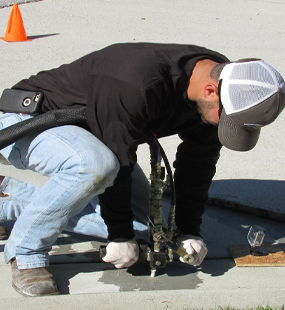


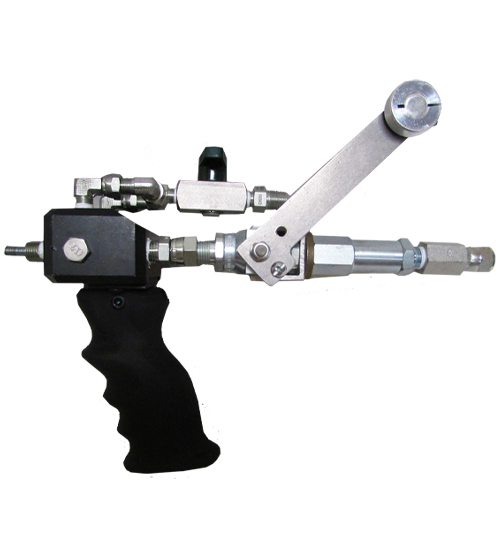
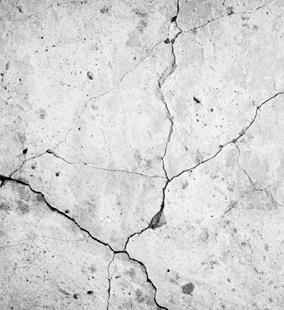
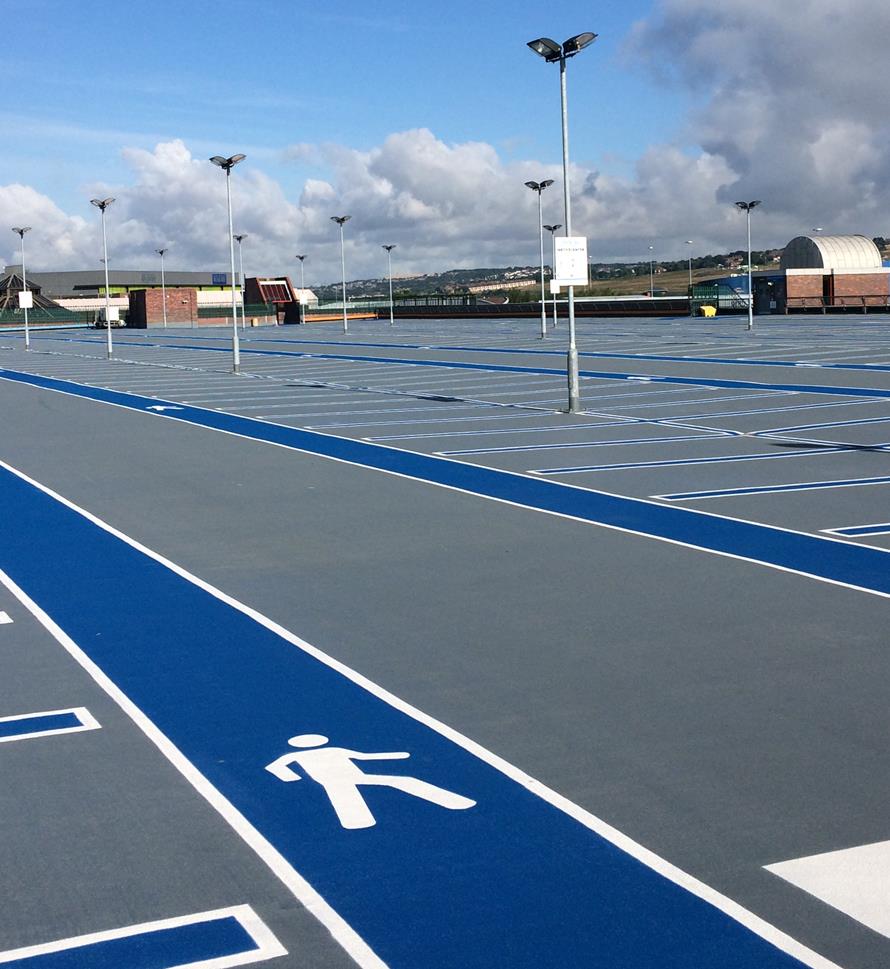
 Follow us on Twitter
Follow us on Twitter Follow us on Linked In
Follow us on Linked In Follow us on You Tube
Follow us on You Tube
